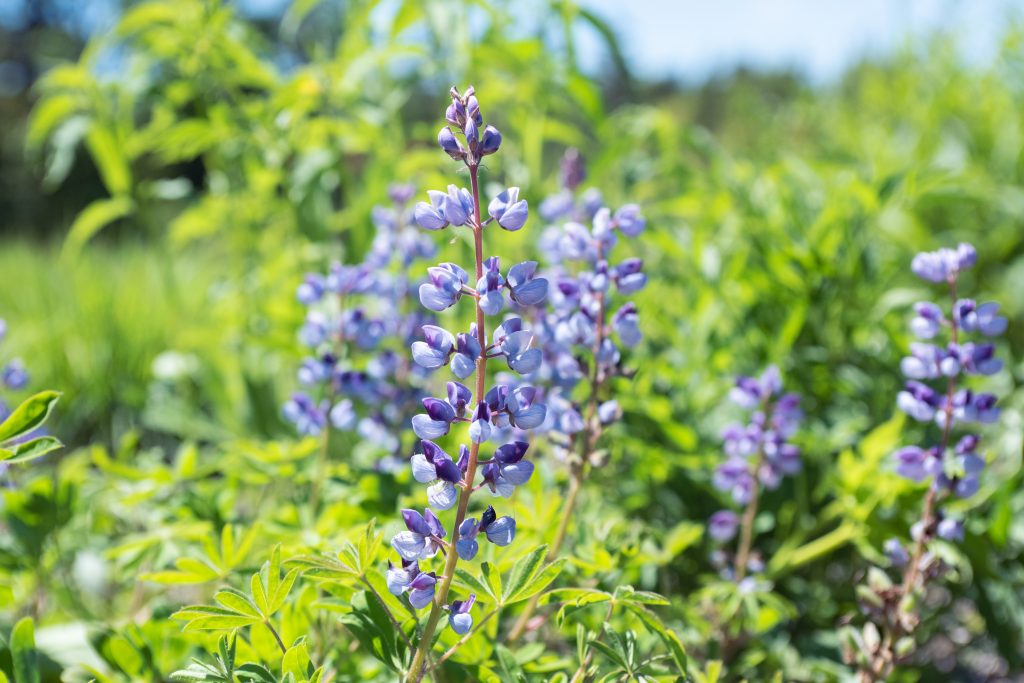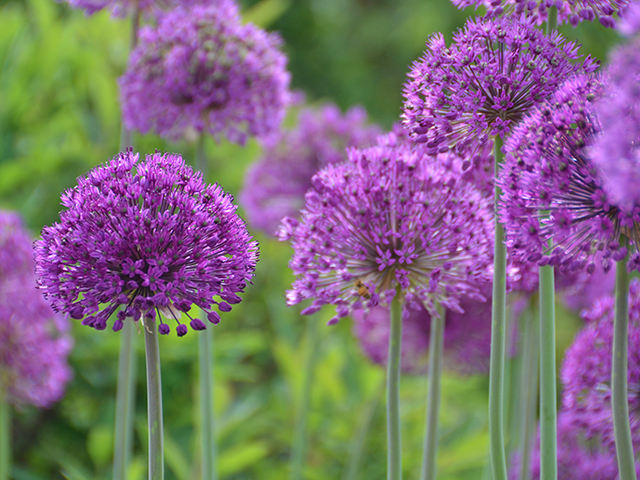These days, terms like “Victory Garden” and “Make Do and Mend” rise up from collective memory, coming readily to mind. If we can separate these sayings from the wartime periods they evoke, we’re left with a positive, sustainable, life-affirming, and powerfully independent message to inspire a bit of proactive activity in a time of deeply unsettling uncertainty.
While figuring out where to begin can be overwhelming, one place to start is with a few of the following easy-to-grow veggies (and here in Maine, we’re lucky to have some local seed companies—Fedco Seeds, Johnny’s Selected Seeds, and Pinetree Garden Seeds, many of whom feature seed collections for easy garden-starting), a bit of soil, and either a bit of yard space or a few containers.
Here’s a list of five crops to begin with:
- Salad greens like arugula, lettuce, mustards, and spinach can be planted in the cool-weather shoulders of gardening season—and even indoors (see book recommendations, below). Versatile crops, greens can be sown in orderly rows, or as a carpet beneath larger crops like broccoli or tomatoes (consider the latter your “baby greens” garden, harvesting about a month after sowing when greens are around four inches tall).
- Green beans are another easy-to-grow crop and, with both bush and vine varieties, can find space almost anywhere (I once grew them in a sunny window alongside a rubber tree which they used as a trellis). They’re also highly-productive and both freeze and preserve well (dilly beans, anyone?). Bush beans can be grown as a border around established gardens or under taller crops. Vine varieties can be planted near fence posts, porch pillars, or twined up tall and hardy crops like corn.
- Radishes are another shoulder-season crop, spicy veggies that grow almost anywhere—even in less-than-ideal soil conditions. And while they may seem hum-drum at first glance, keep in mind that there are hundreds of varieties out there for every taste and that their greens (delicious when lightly steamed), flowers, and seedpods are all edible. They germinate quickly, so sow them thickly—that means lots of spicy sprouts to eat as you thin your crop.
- Zucchini and summer squash, with dwarf and bush-habit varieties, are another uber-productive crop that can fit almost anywhere. Since, unchecked, summer squashes will grow and grow and grow, feel free to harvest early and often, picking—and eating—plenty of the edible squash blossoms. One thing these crops don’t like is the cold—wait until the soil reaches 60˚F before planting or transplanting outdoors.
- Carrots, turnips, or beets sport a double-whammy bonus of aerial parts and roots, which means you can harvest plenty of leafy greens, flowers, and seedpods while your underground crops mature. Roots store well into winter, guaranteeing that you’ll be cooking for months from your spring and summer labors.
A list is well and good, but the most important crops to grow are the ones you’re going to eat! Begin by looking at your produce-buying habits, then start small with the best soil you can, doing some research if you’re new to gardening. Containers and raised beds, where you have better control over conditions, are also ideal for newbies. And remember—timing is everything. Read your seed packets carefully and find out when your final frost occurs. Then get out your calendar and start planning.
The best advice? Don’t give up and don’t overwhelm yourself—either with research or labor. While it’s tempting to plant as many crops as you have seeds for, remember that, down the line, this will amount in a surprisingly enormous amount of work—watering, weeding, fertilizing, pest control, harvest, and storage… Assess your energy and your availability, and start small.
Ready to “dig deeper”? Check out these top-five book recommendations:
1. Year-Round Indoor Salad Gardening by Peter Burke
2. Grow Cook Eat: A Food Lover’s Guide to Vegetable Gardening, Including 50 Recipes, plus Harvesting and Storage Tips by Willi Galloway
3. Mini Farming: Self-Sufficiency on 1/4 Acre by Brett Markham
4. Carrots Love Tomatoes: Secrets of Companion Planting for Successful Gardening by Louise Riotte
5. Preserving Everything: Can, Culture, Pickle, Freeze, Ferment, Dehydrate, Salt, Smoke, and Store Fruits, Vegetables, Meat, Milk, and More by Leda Meredith

